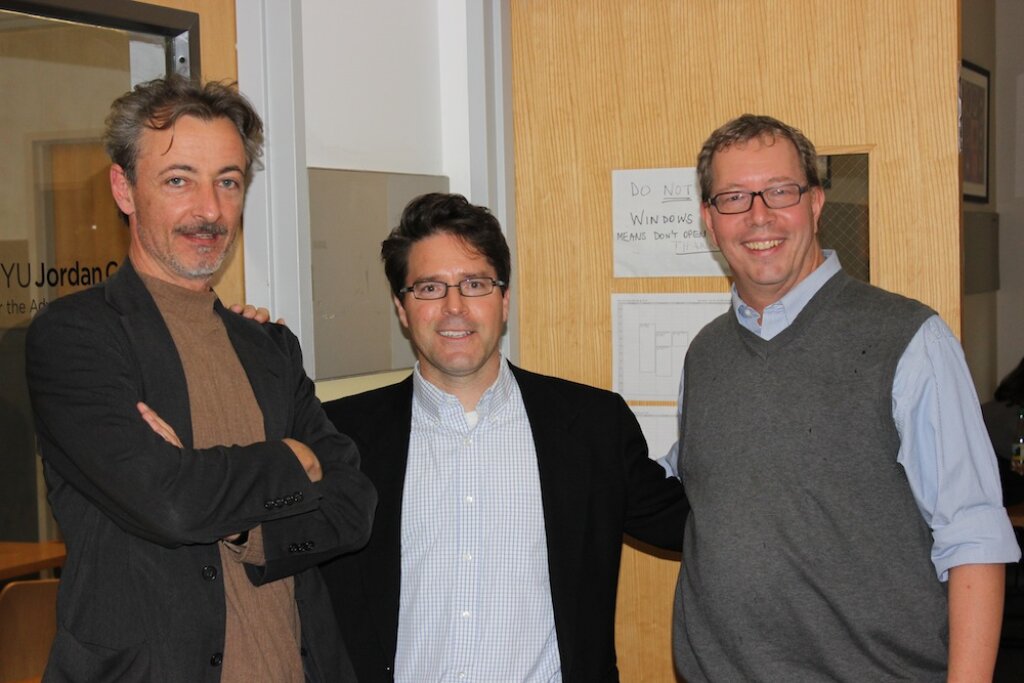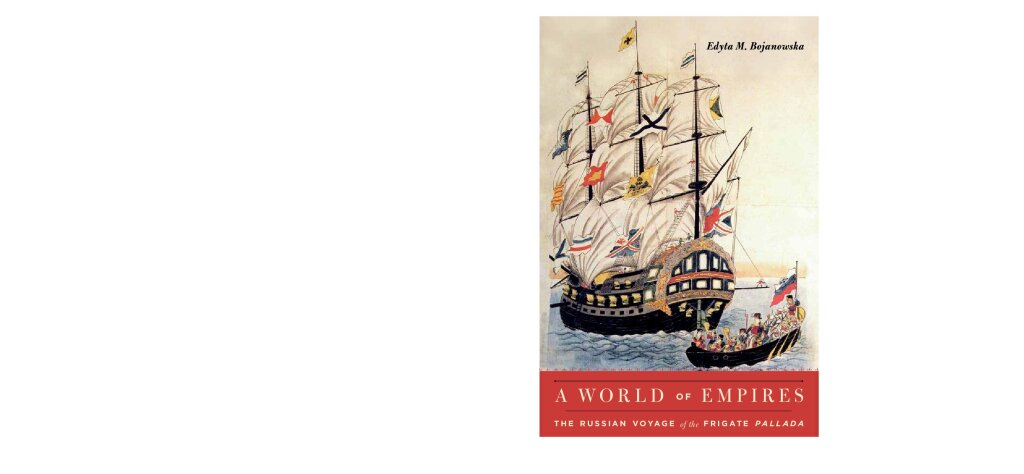On Friday, October, 11, 2013, Ken Pinnow presented his ideas about criminal studies in the early Soviet period to the NYU Jordan Center Colloquium Series. He spoke about the unprecedented interdisciplinary work done in the 1920s, where sociologists, psychologists and biologists joined together to research a previously inaccessible object, the Soviet criminal. Pinnow’s talk sparked debate about the production of knowledge in the Soviet Union and the specificity of criminology in the 1920s from a diversity of scholars from around the country.
Pinnow explained that his interest in the criminal sciences arose when doing research for his first book, Lost to the Collective: Suicide and the Promise of Soviet Socialism, which looked at the phenomena of suicide in the Soviet Union as a threat to the collective and the state. However, Pinnow explained that his interest has taken new direction. Beyond the “living material” of the Soviet criminal, Pinnow’s interests have come to focus on the inner workings and collaborations of the different institutes and departments that studied criminals.
He explained how these state institutions individuated criminals as a “socio-biological unit,” which mirrored society as a whole. Criminology of the 1920s became a unique moment in Soviet history, where scientific institutions that had never before worked together joined in the study of the criminal. While this type of research was previously banned by the Tsar and would later be curtailed by Stalin’s regime, the 1920s functioned as a specialized moment for interdisciplinarity and production of knowledge in the Soviet Union.
In the discussion following Pinnow’s talk, Ksenia Tatarchenko from the Harriman Institute brought up questions concerning the language of interdisciplinarity used in the 1920s and Nikolai Bukharin’s critique of sociology during this period. Cristina Vatulescu, professor of comparative literature at NYU, spoke about the role of film and documentary as a mode of knowledge of the criminal, suggesting that the aesthetics of these films would have bearing on the production of the Soviet criminal. Gleb Tsipursky, from Ohio State University, raised concerns about the concept of the Soviet criminal as an individual distinct from the collective, and the means of rehabilitation of criminals as collectivised projects. Yanni Kotsonis, professor of history and Slavic studies at NYU, contended that this project offered a unique moment of direct contact between two subjectivities, the criminal and the scientist, and asked the question of how society is reassembled once it has broken down in the light of criminal studies.
Pinnow received and responded to questions, explaining the purview of criminology relative to the centers and periphery of the Russian state. Detailing the modes of research of the State Institute on Crime, Pinnow explained the distinctions between and connections with the Soviet institute with other European schools. Finally, the conversation centered on the language used in the period by these scientists of criminology. Pinnow’s article on the interdisciplinarity of Soviet criminology in the 1920s is forthcoming, and hopefully he will be able to join the Jordan Center Colloquium series again soon.



